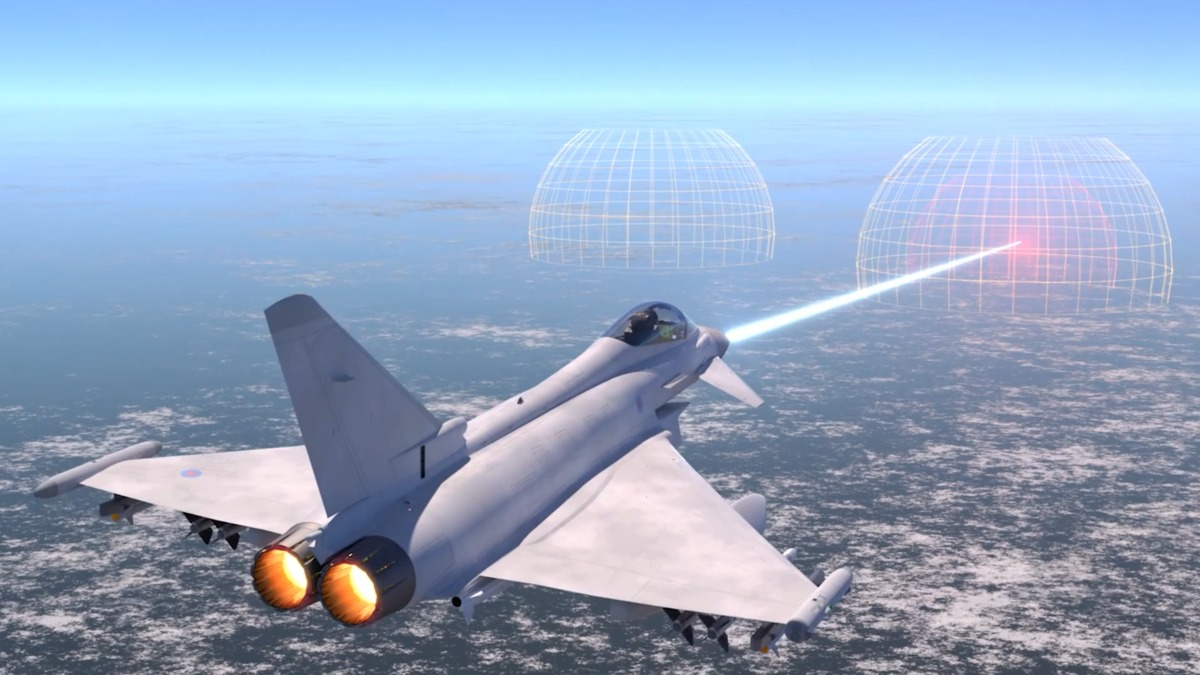In a recent report published by the UK’s Defence Committee, appointed by the House of Commons, alarming concerns have been brought to light regarding the Royal Air Force’s (RAF) ability to confront powerful adversaries such as China and Russia.
The committee’s findings indicate a potential shortfall in the RAF’s preparedness for peer-to-peer warfighting scenarios.
Retired General Lord Houghton, former Chief of Defence Staff, and General Sir Nick Carter, former Chief of the Defence Staff, have questioned “the RAF’s ability to engage in peer-to-peer warfighting.”
General Lord Houghton pointed out that while the RAF boasts advanced equipment, there are critical shortages in both platforms and personnel, notably pilots.
This observation aligns with the earlier articles published by the EurAsian Times, underscoring that Britain is grappling with pilot shortages attributed to training-related issues.
The Defence Committee noted the RAF’s strength in collaborative efforts within alliances for standing tasks. However, concerns about the RAF’s limited capacity to independently execute short-notice operations, except for Quick Reaction Alert (QRA) missions, were raised.
General Lord Houghton said that the RAF’s operational efficiency from the Combined Air Operations Center (CAOC) is commendable but becomes problematic when confronted with ground combat scenarios.
During testimony to the Committee, RUSI’s Senior Research Fellow for Airpower and Technology in the Military Sciences Team, Professor Justin Bronk, agreed with the assessment, drawing attention to a crucial issue with munitions.
Bronk explained that the current inventory targets permissive or semi-permissive environments, targeting specific threats like technicals or snipers. However, in a conflict with a powerful adversary like Russia, Bronk stressed the importance of establishing air superiority.
He added that the entire Western military instrument hinges on air dominance and warned of a potential “Russia problem” if such superiority cannot be secured over designated conflict zones.
Professor Bronk further discussed the challenge of a pilot shortage, attributing it to insufficient RAF engineers and a scarcity of spare parts necessary for sustaining the fleet and ensuring operational continuity.
He also highlighted the deficiency in Suppression of Enemy Air Defenses/Destruction of Enemy Air Defenses (SEAD/DEAD) capability, exacerbated by the limited number of F-35s, despite the planned introduction of SPEAR CAP 3 in 2028.
Challenges Faced By UK’s Royal Air Force
Since Russia’s full-scale invasion of Ukraine in February 2022, a growing chorus of voices has been advocating for the bolstering of the Royal Air Force (RAF) amid heightened concerns about the UK’s combat air capabilities.
To some extent, these appeals are prompted by the apprehensions of European officials regarding the prospect that the election of Donald Trump as the next US president could entail a retreat of American presence from the continent and a significant erosion of NATO.
Notably, Mike Sutton, a veteran commander of a Typhoon squadron with operational experience in Afghanistan, Iraq, and Syria, has recently highlighted the pressing need for increased investment in the RAF.
Sutton, drawing attention to the impact of defense cuts, argued that the UK’s combat air assets are spread thin, resulting in an apparent problem of mass.
Comparing the present situation to 1991, when the UK had 33 fighter squadrons, Sutton pointed out that this number has drastically dwindled to just eight. This reduction raises serious questions about the RAF’s ability to respond effectively to evolving geopolitical challenges.
According to Sutton, one of the critical roles British Typhoon aircraft play is their continuous engagement in the UK Quick Reaction Alert, operating 24/7.
These aircraft patrol the eastern flank of NATO, offering crucial support by shepherding intelligence aircraft that have faced threats from Russian forces.
Additionally, they maintain sustained operations over Iraq and Syria, with squadrons rotating weekly between these different operational theaters.

Sutton underscored the urgent need for investment in capabilities to address the challenges the evolving security landscape poses.
While Russia’s invasion served as a wake-up call for the West to reassess the state of airpower, Sutton argued that China represents an even more significant threat that demands attention and preparedness.
The latest report also highlighted the planned retirement of 30 Tranche 1 Typhoon aircraft in 2025, despite having significant airframe life remaining. This will reduce the active Typhoon fleet to 107.
Furthermore, although 48 F-35B aircraft are anticipated by the end of 2025, they will be operated jointly with the Royal Navy, primarily for carrier-based operations.
Moreover, since the retirement of the Air-Launched Anti-Radiation Missile (ALARM) in 2013, the RAF has lacked a dedicated Suppression of Enemy Air Defence/Destruction of Enemy Air Defence (SEAD/DEAD) capability.
The anticipated introduction of the SPEAR 3 missile, mainly when utilized with the F-35B’s electronic warfare system, could fill this capability gap.
- Contact the author at ashishmichel@gmail.com
- Follow EurAsian Times on Google News